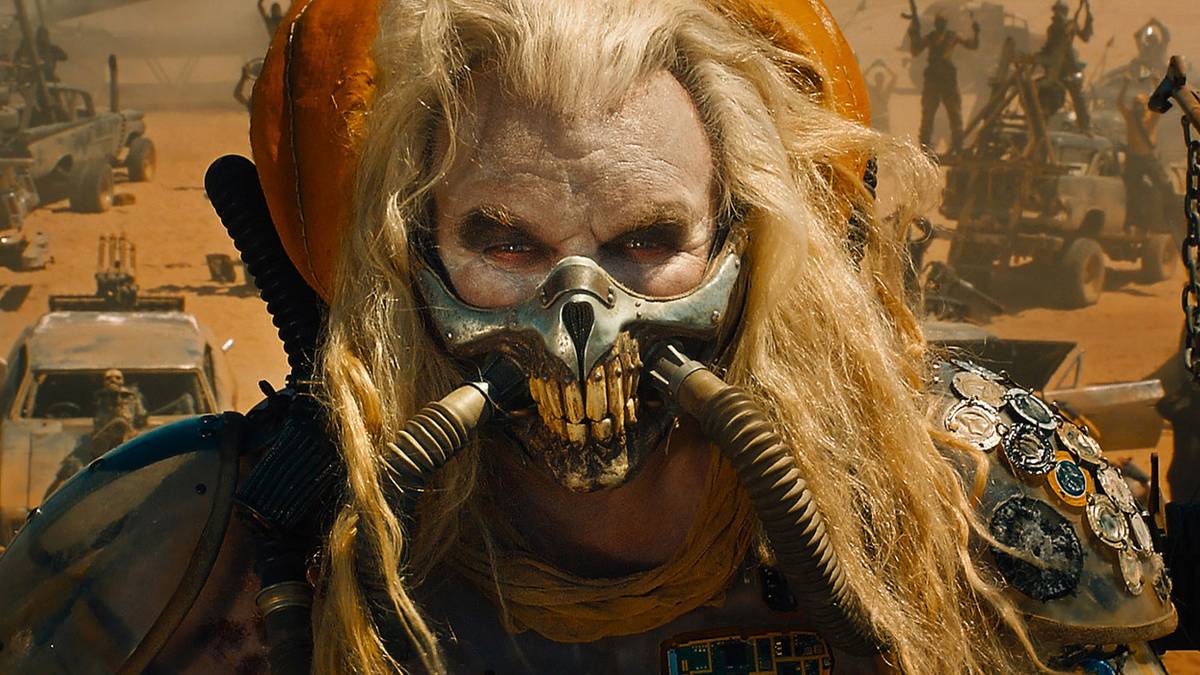One common thing said about Hollywood these days is that studios play it too safe, often relying on remakes, proven franchises, and sequels rather than trusting an original idea or a risky project. While that’s true to an extent, the history of cinema is filled with films that were questionable undertakings.
There are many cases where they turned out to be a misfire and the film became a box office bomb or critical failure. However, there are rare situations where a risky movie proved to be a wildly successful hit. They grossed way more money than expected, spawned franchises, and even changed the face of movie history in a few instances.
Snow White And The Seven Dwarfs (1937)
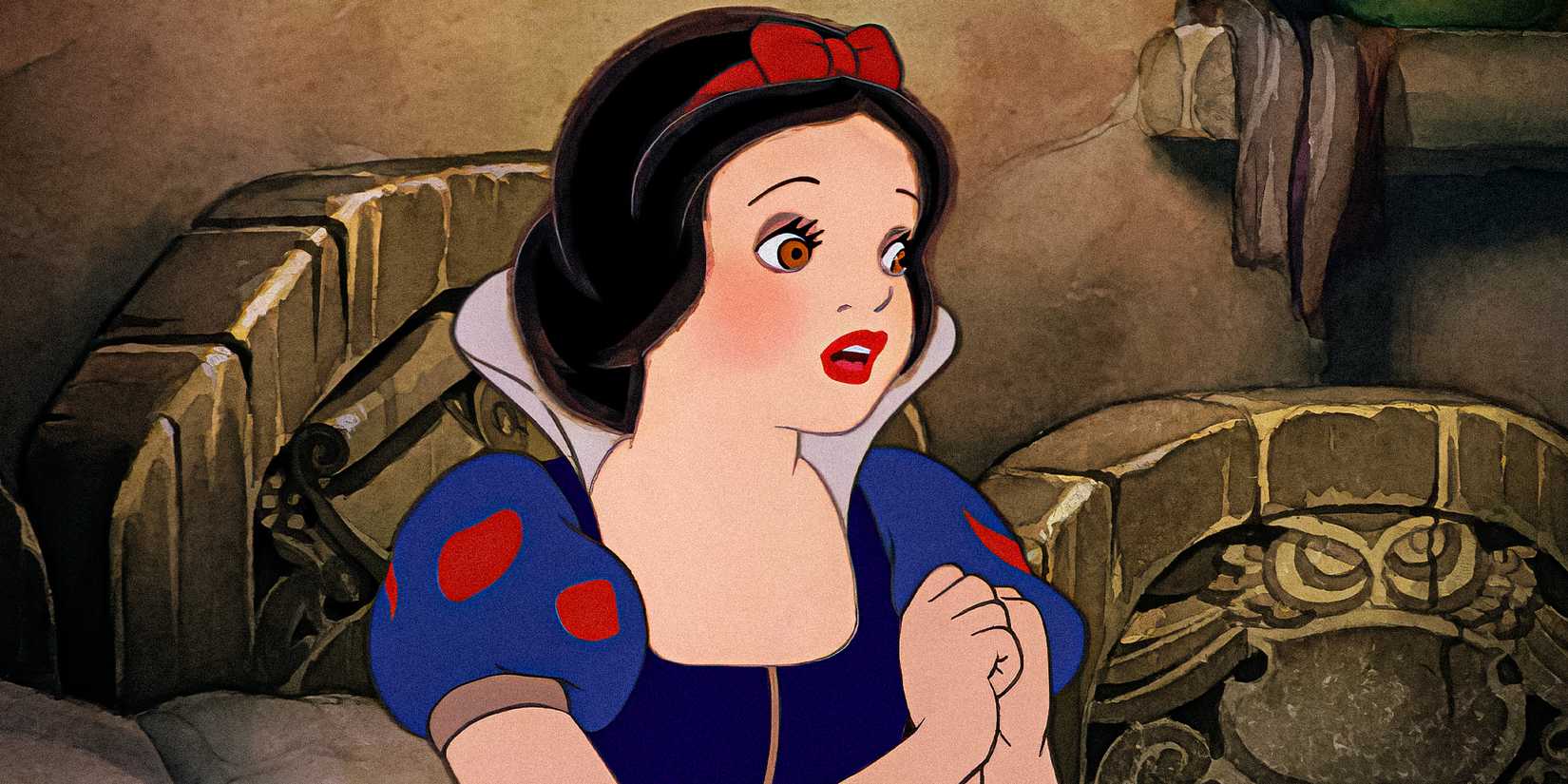
Snow White and the Seven Dwarfs Snow White surprised
Even if it doesn’t hold up all that well nearly a century later, the success of Snow White and the Seven Dwarfs is undeniable. The idea of trying to put out a full-length animated movie was laughed at, with many in the industry believing nobody would want to watch something without actual humans on screen.
It didn’t help that the film was also quite expensive to produce at the time, meaning that if it failed, it would be a huge problem for Disney. Alas, Snow White and the Seven Dwarfs was a huge hit that grossed $8 million in its first year, which is equivalent to over $150 million today.
The movie being a financial success changed Hollywood as we know it. Disney went on to become one of the biggest film studios of all time, thanks in large part to the princess movie formula that Snow White and the Seven Dwarfs established.
Star Wars (1977)
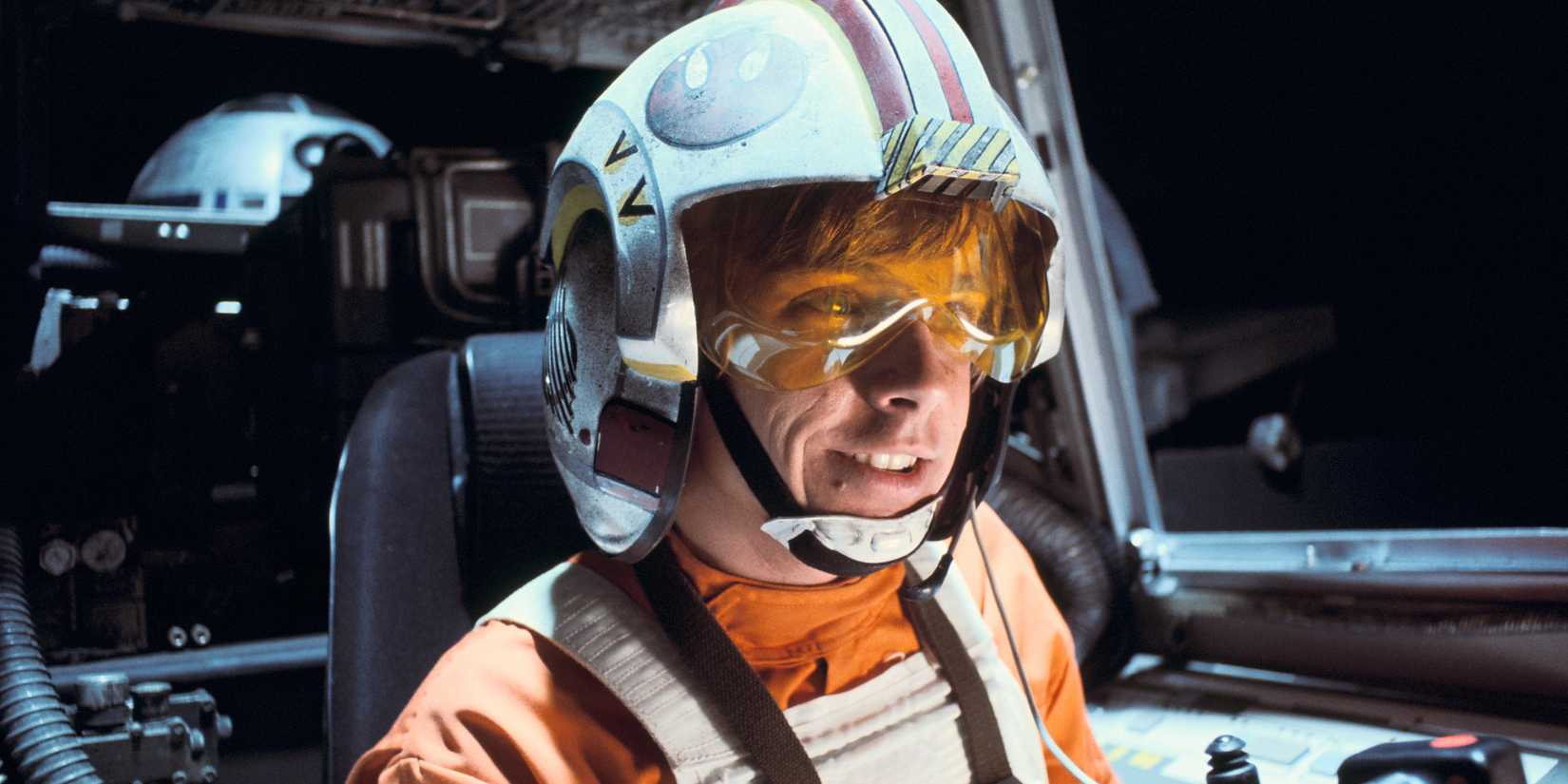
Credit: MovieStillDB
These days, Star Wars is one of the biggest, most successful, and most expansive franchises in all of entertainment. Toys, comic books, novels, TV shows, and of course, big screen films. That all started with the original Star Wars, released in 1977.
At the time of its release, it wasn’t like sci-fi movies with high concepts like this were known for being big hits. Add in the visual effects that were required to make it work, and Star Wars was a massive undertaking. George Lucas also wasn’t a well-known or trusted filmmaker, so getting this made was a bold move.
Star Wars obviously opened up as a ridiculously successful film. When Lucas’ American Graffiti ended up as a hit, he was able to renegotiate with the studio and gain control of the merchandising and sequel rights. That set the stage for him to be behind one of the most profitable entities ever, proving the risk paid off.
Batman (1989)
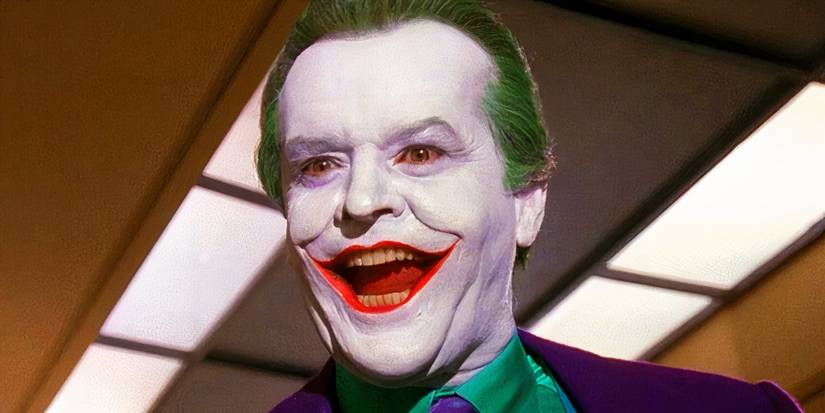
Jack Nicholson as the Joker in Batman 1989 laughing
Making a Batman movie today is par for the course and is typically a safe bet for a film studio, but that wasn’t the case in the late ’80s. At this point, the only Batman that the non-comic book reading masses were aware of was the Adam West character from the campy ’60s show and film.
The idea to bring a new Batman to the screen was a tricky move, especially given the people involved. Tim Burton was most known for his goth style, meaning this Batman would be totally different. Then casting comedic actor Michael Keaton as the Caped Crusader was another questionable decision.
It all worked out, though, with 1989’s Batman altering the way the character was viewed and working on both a critical and commercial level. It spawned sequels, helped make Batman a bigger deal, and led to many more superhero films being greenlit by various studios.
Toy Story (1995)
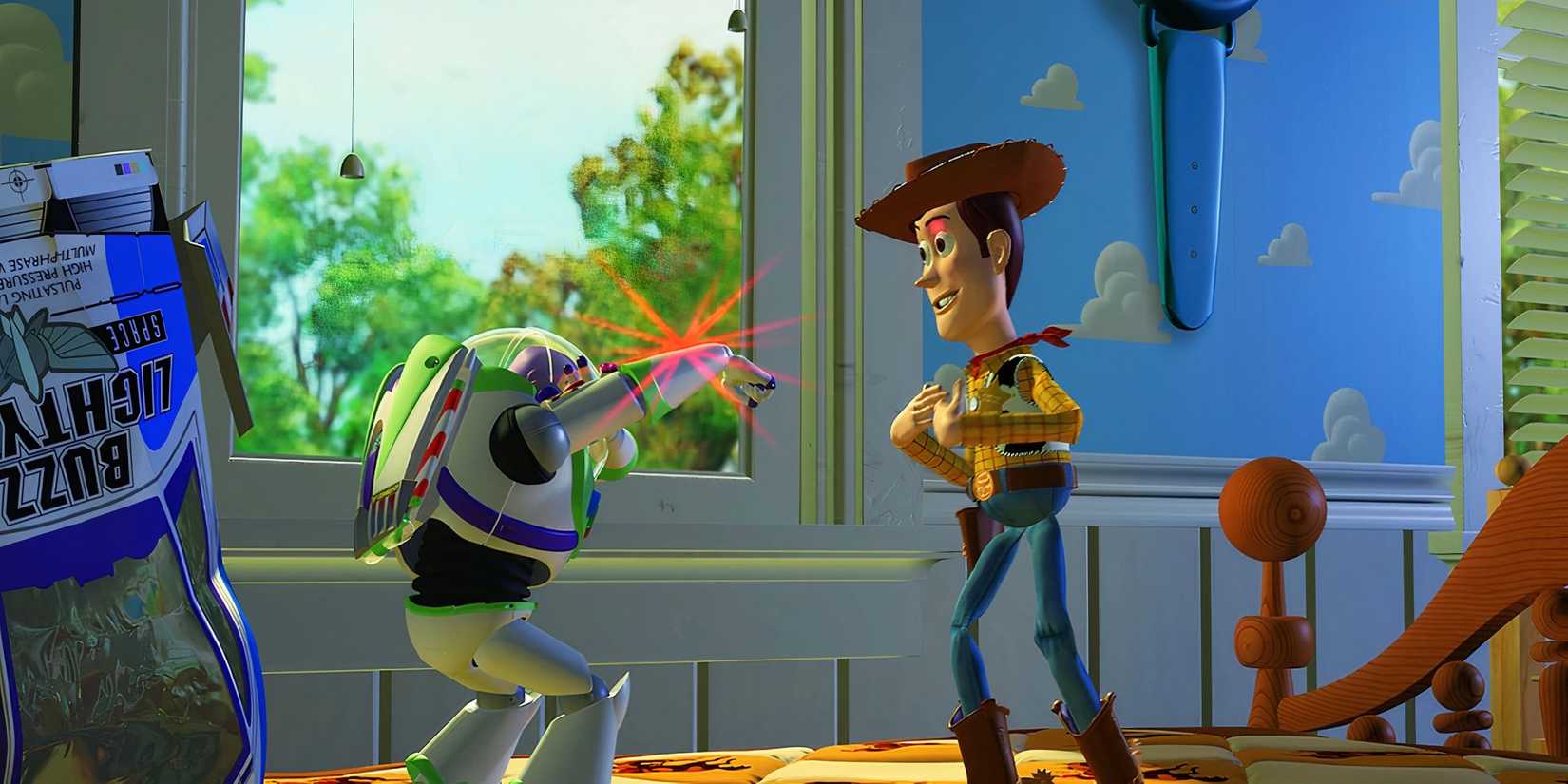
Buzz points a laser at Woody in Toy Story
Along the same lines as Snow White and the Seven Dwarfs, Toy Story was questioned during its production. The early ’90s had shown us how impressive CGI could be, specifically in Jurassic Park, but it was the kind of thing that was used in small doses since the more it was on screen, the more obvious it was.
That’s why Toy Story was so difficult to envision. A full-length movie that’s completely CGI animated wasn’t supposed to work, especially from a studio that was only known for making short films at the time. Despite all this, Toy Story was bigger than anyone could’ve imagined.
Toy Story worked because the filmmakers knew CGI still looked off when it came to animating humans, so they focused on toys. That made sure the movie looked impressive and the toy aspect meant kids loved it. Toy Story made over 10 times its budget, spawned a franchise that’s still going, and established Pixar as a force.
Pirates Of The Caribbean: The Curse Of The Black Pearl (2003)
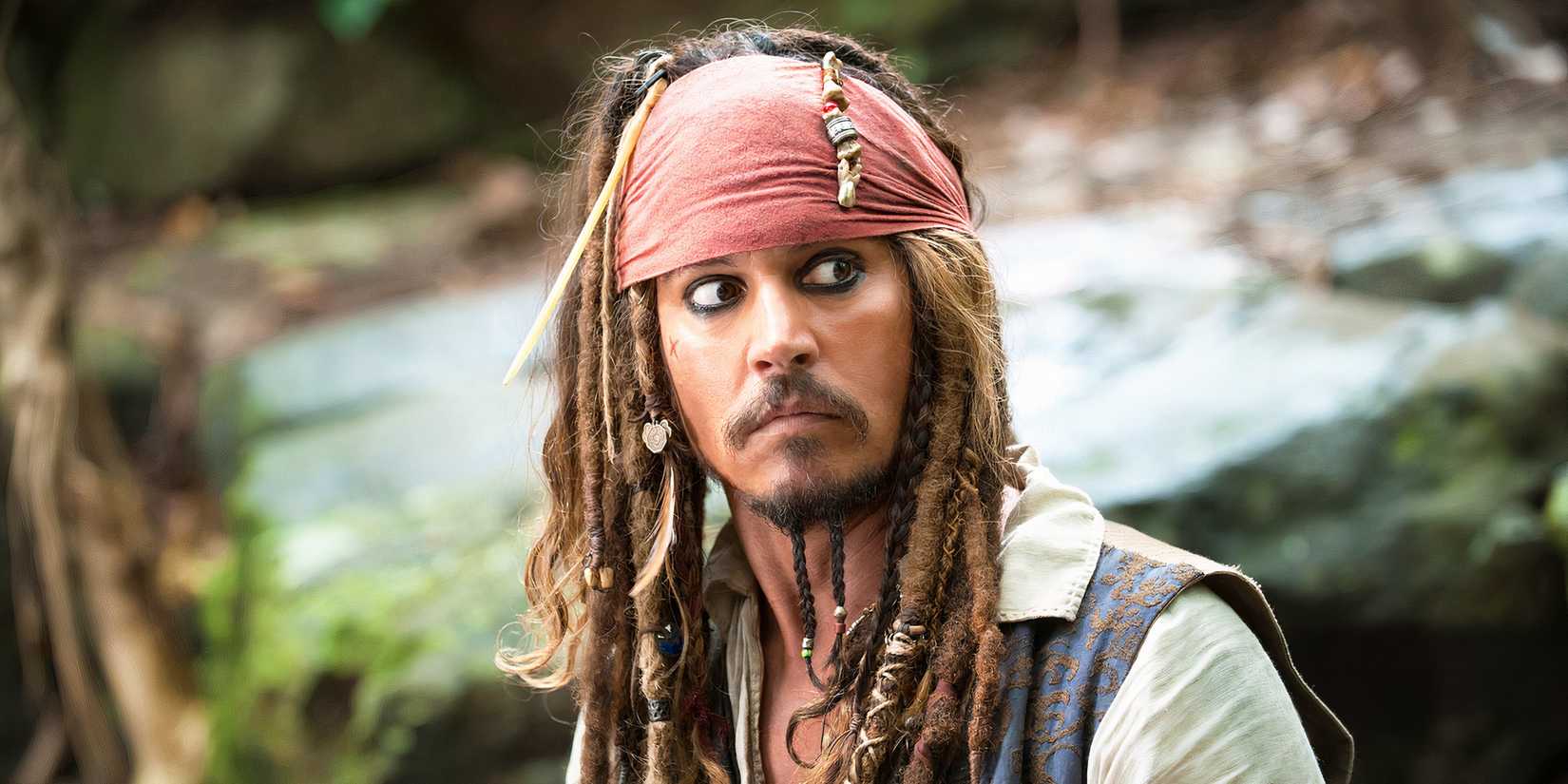
Johnny Depp as Jack Sparrow looking to the side in Pirates of the Caribbean 6
Creating a movie based on a theme park ride sounds like an absurd idea on paper. In the past, Disney has tried it a few times, achieving moderate success at best. Pirates of the Caribbean: The Curse of the Black Pearl was totally different, though, thanks to its $140 million budget.
It’s also not like pirates were really popular at the time either, so this was a move that raised many eyebrows. Shockingly, Pirates of the Caribbean: The Curse of the Black Pearl ended up grossing over $650 million, being nominated for Oscars, and leading to sequels that surpassed $1 billion.
Disney also tried another theme park movie adaptation in 2003 with The Haunted Mansion, which was a huge misfire. That makes the success of Pirates of the Caribbean: The Curse of the Black Pearl even more impressive.
Casino Royale (2006)
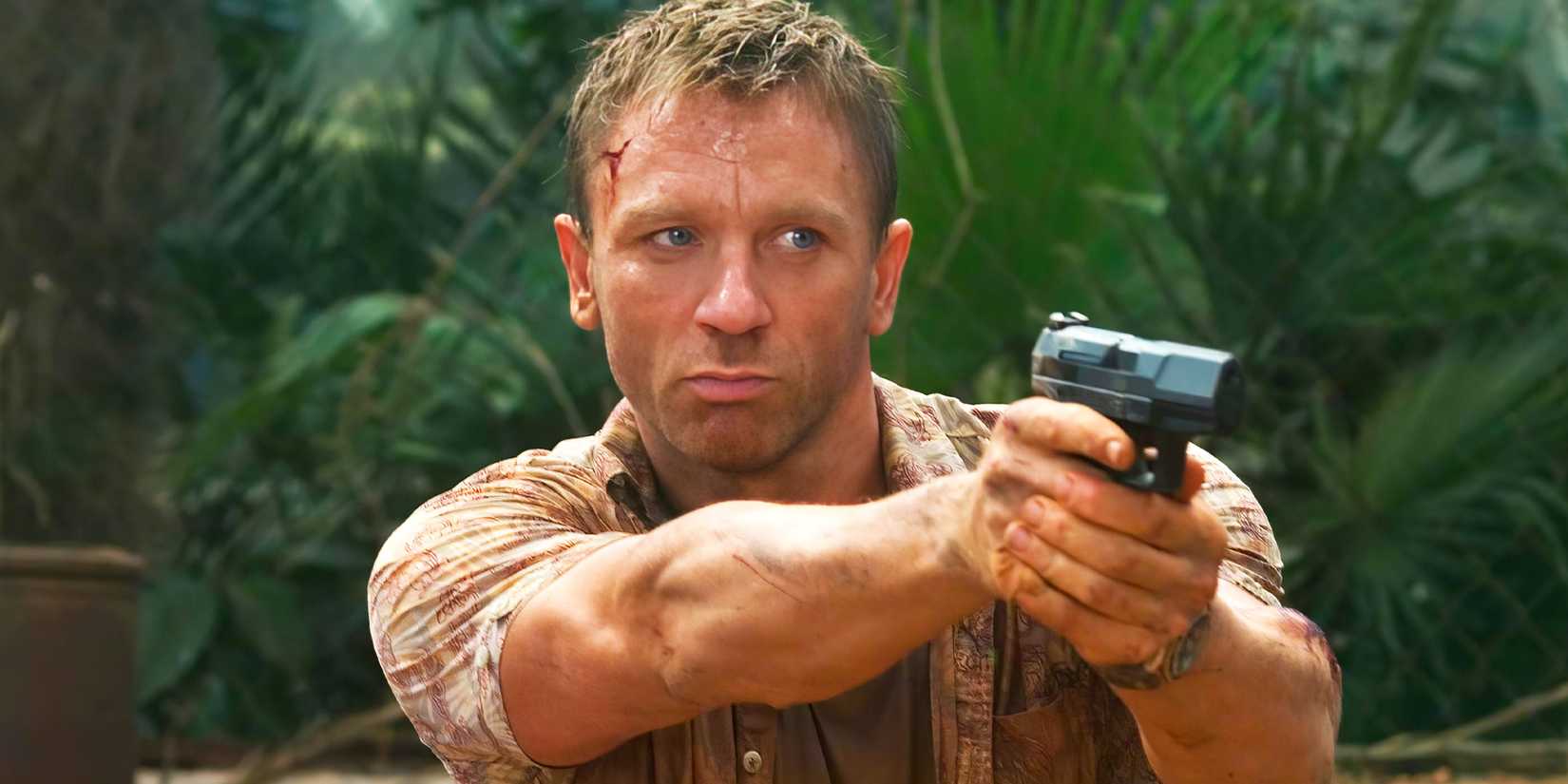
Daniel Craig in Casino Royale
One of the only risky movies listed to be part of an ongoing franchise is 2006’s Casino Royale but there are good reasons why it wasn’t guaranteed to be a home run. James Bond is a legendary name in cinema and audiences tend to know what they’re in for when they watch one of his movies.
However, Casino Royale was the first time in a very long time that this franchise felt the need to really do something different. This was a proper reboot and not just a new actor stepping into the role. We even got a look at the character’s first ever kill.
That set the stage for a darker tone that felt unique compared to what we had come to know when the likes of Pierce Brosnan and Roger Moore played the character. Casino Royale ended up as a hit both commercially and critically, as Daniel Craig’s run as Bond is ultimately conisdered one of the best.
Iron Man (2008)
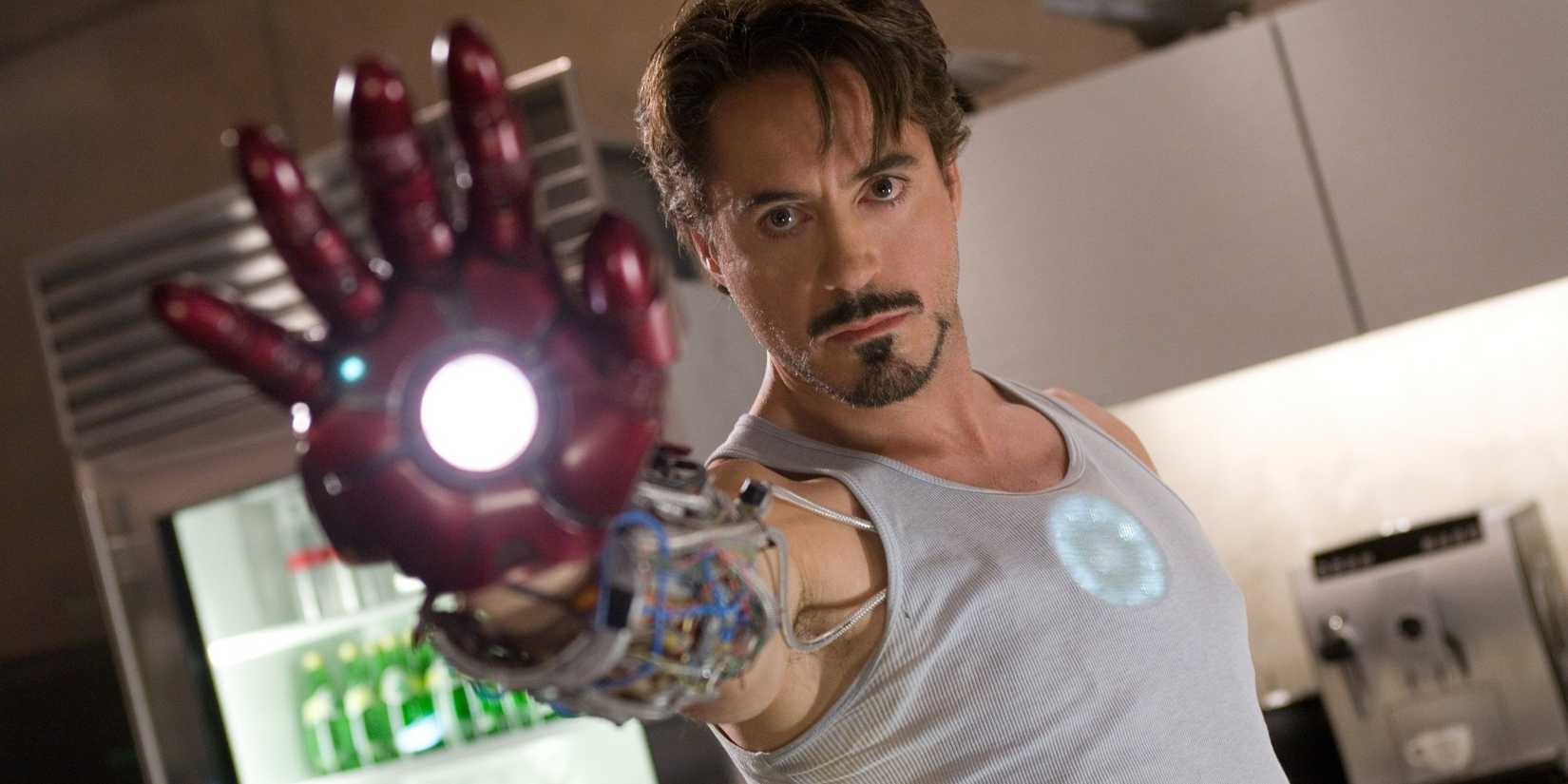
Iron Man using his gauntlet in 2008’s Iron Man
Nobody knew it at the time, but so much was riding on Iron Man being a success. When it was being discussed, most people kind of wrote it off since the big Marvel names like Spider-Man and the X-Men were owned by other studios. Iron Man was considered “C-List” to a lot of people.
There was also the casting of Robert Downey Jr. as Tony Stark that caused controversy. Downey Jr. was an actor who was more known for constantly being in the tabloids more than for his success on the big screen despite his obvious talents. The movie was riding on RDJ’s shoulders but it was also so much more than that.
The post-credits scene of Iron Man was proof that there were big ideas for what became the MCU. If it failed due to Iron Man’s lack of popularity or RDJ’s personal life, the MCU as we know it wouldn’t exist. Instead, Iron Man was a rousing success, Stark became a pop culture icon, and the rest is history.
Avatar (2009)
![]()
Jake and Neytiri hold each other in Avatar
James Cameron was no stranger to making movies that people questioned by the time he set his sights on Avatar. In fact, when he initially planned on making Titanic, people scoffed at the idea of a romantic film based on a real tragedy, yet Titanic became the highest-grossing movie ever.
With Avatar, Cameron faced more challenges as the technology required to bring his vision to life was extremely expensive. It’s believed that the film ultimately cost more than $300 million and Fox wasn’t even going to greenlight it until Disney came close to doing so.
Cameron’s box office history of success helped and the film went on as planned. Avatar did the unthinkable, breaking Titanic’s box office record as Hollywood’s highest-grossing film of all time. The sequels have taken way longer than Cameron hoped but the second entry still grossed more $2 billion, proving it wasn’t a fluke as Cameron continues to push technological boundaries.
Guardians Of The Galaxy (2014)
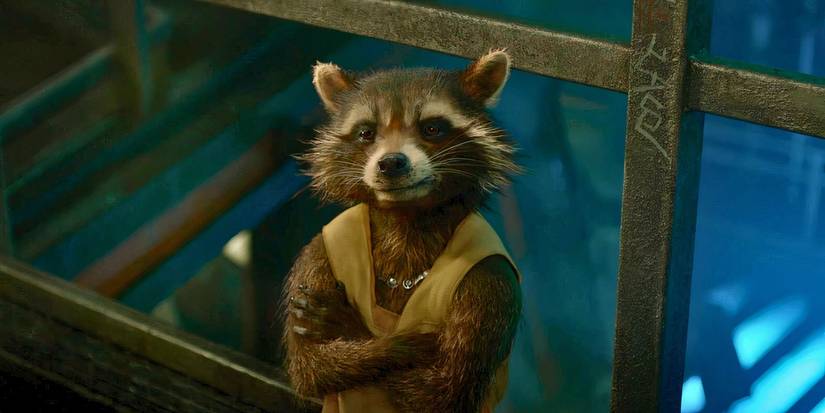
Rocket Raccoon looks unimpressed in prison in Guardians of the Galaxy (2014)
Thanks to the aforementioned Iron Man, the MCU was in full swing by the time 2014 rolled around. It was hotter than ever thanks to The Avengers and Iron Man 3, which both surpassed $1 billion at the box office. They were about to face their next big challenge with the release of Guardians of the Galaxy.
If Iron Man was considered “C-List,” the Guardians of the Galaxy were closer to “Z-List.” The characters were relatively unknown and weird on top of that, given that they include a talking raccoon and a tree-like being who can only say “I am Groot.”
Defying all logic, Guardians of the Galaxy raked in over $750 million and even out-grossed the more established Thor’s sequel from a year prior. Thanks to its success, the Guardians are hugely popular characters who had three wildly successful films on top of key appearances in Avengers: Infinity War and Avengers: Endgame.
Mad Max: Fury Road (2015)
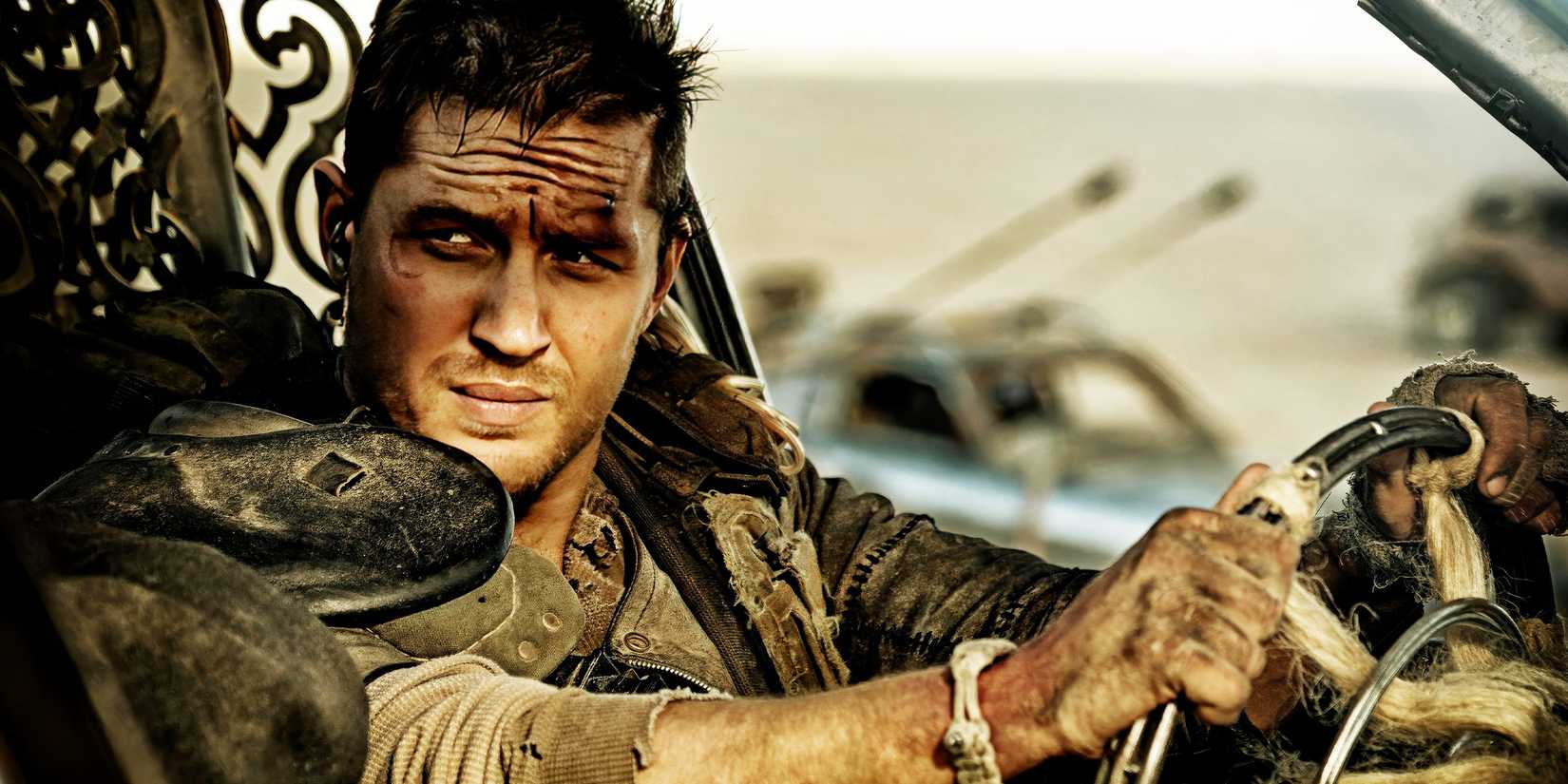
Tom Hardy in Mad Max: Fury Road
Image made by Yailin Chacon
Legacy sequels have littered Hollywood for a long time now, with mixed results. For every Dumb and Dumber To or Son of the Mask, there’s barely one Top Gun: Maverick. One of the most surprising successes in this venture is Mad Max: Fury Road.
The Mad Max franchise had been dormant for 30 years by the time Fury Road came around and while they had a hardcore fanbase, it’s not like people were clamoring for more. Yet, George Miller went out and made the best movie of his career, proving any doubters wrong.
Mad Max: Fury Road utilized a stellar cast and some incredible practical action sequences to become a box office success. Even more impressive, it landed 10 Oscar nominations and won six while also setting up another impressive installment in a prequel nine years later.

